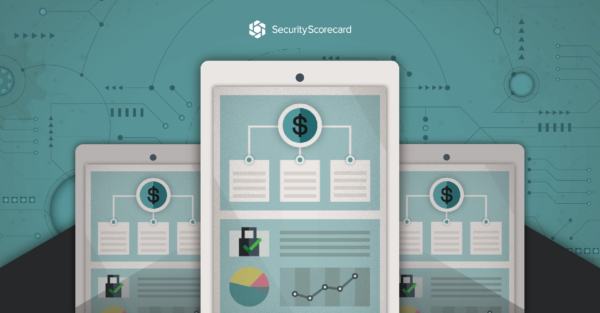
We have already dealt with the various aspects of modern IT infrastructure in the past. An overview of Cabling as the basis for digitization we gave for the first time in 2019 and a few weeks ago the Considered competitive advantages that companies achieve through up-to-date IT infrastructure can.
In this article, we would like to take a closer look at three areas that are driven by technological innovations or are coming back into focus due to current framework conditions: The rapid development of Industry 4.0 and the IoT (Internet of Things), the ever-expanding shift of applications, services and services to a cloud environment and, of course, the unexpected shift to home office due to the still ongoing pandemic. All of this makes it increasingly important for businesses to address the right network infrastructure and cabling.
Why is IT infrastructure important?
The aim of the IT infrastructure is not only to provide capacity, to take into account the security aspects of the connections and, above all, to manage these systems. In this way, companies enable both modern communication technologies and new projects, whether in the field of Industry 4.0 or in the integration of advanced analytical methods with the help of AI-supported programs.
The future-proofing of the infrastructure, including cabling, is an aspect that is unfortunately too often underestimated: short-term changes in the corporate structure or the connection of locations, buildings or acquired companies, born out of the urgency of the situation, change the architecture and structure of the network. This happens too rarely in the context of comprehensive planning, but rather reactively through short-term decisions and usually ends after a short time in bottlenecks that torpedo the desired innovations, renewal or restructuring.
Industry 4.0 - growth with impact
Partially or fully automated production facilities, the independent processing of repair orders, driverless transporters that take over logistics tasks autonomously: The developments of Industry 4.0 are progressing steadily. Production infrastructure is combined with state-of-the-art information and communication technology.
This inevitably leads to an increase in larger data streams. The rapid spread of microprocessors, which are now installed in many technical systems in everyday life: Mobile phones, televisions, cars or navigation devices, but also in production machines and infrastructure such as wind turbines.
This massive volume of data has brought with it a serious disadvantage from a network perspective: In traditional data center environments, the often very well utilized bandwidth leads to delayed response times when accessing applications. Since the systems in the end devices grow organically in almost all cases, even well-planned networks quickly reach their limits. And while the trend towards centralization, i.e. moving as much data as possible away from the local systems to the data center, is clearly evident in areas such as remote work, home office or networking of locations with software-defined networks, in the industrial environment the opposite approach is being taken.
More on the topic of IoT and Industry 4.0
New technologies become standard
Here, the focus is increasingly on data collection and analysis directly on site, i.e. in the edge area of the network. This means that the locally collected data is also (temporarily) backed up locally, often in on-site micro data centers. In addition, technologies such as the integration of artificial intelligence or server containers are now standard. From these originally considerable data volumes, only the information that has priority for production, planning or other business processes is filtered. This information is then forwarded to cloud applications, for example, where it is further analyzed or imported into other systems.
However, this also changes the requirements on site, as significantly higher data volumes have to be transmitted. Due to the often difficult conditions, especially the restrictions in production environments, WLAN solutions are often used here. Here, too, the expansion and connection to the existing infrastructure must be planned in order to achieve the desired goals.
In the second part you will learn why home office is more than a stopgap measure, and a good network infrastructure can significantly increase employee productivity.

ABAX can look back on many years of expertise in IT infrastructure and Support and can support your company with a suitable integration. According to the approach "From planning to implementation to ongoing optimization". we are gladly at your disposal for your concerns regarding modern IT systems.
The ABAX IT experts pay attention to problem-free processes in order to support your company as quickly, efficiently and transparently as possible and to ensure smooth processes. We look forward to a collaboration with you!








